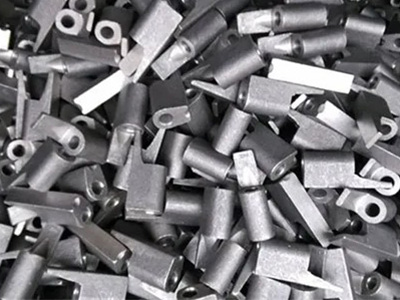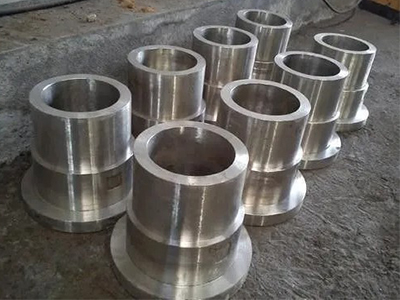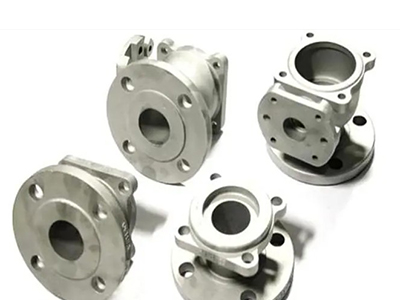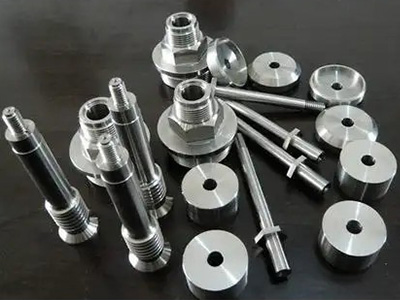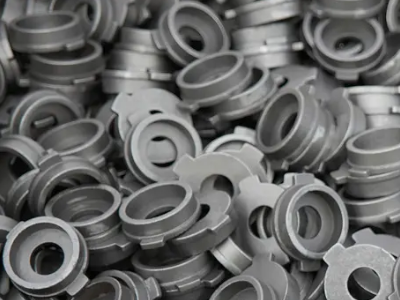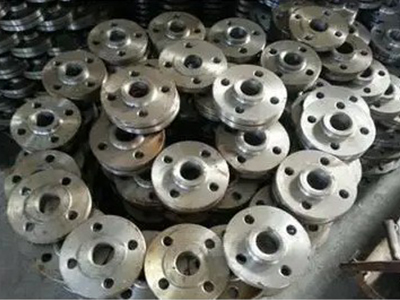- What are the advantages of lost foam casting
- Matters needing attention in detail handling of stainless Steel Castings
- How to repair the defects of precision casting
- It is recommended that you choose castings like this
- There are several main types of cracks in castings
- Stainless steel precision casting is a casting process with little or no cutting
- Stainless steel casting manufacturing process
- Calculation method and proportion of casting riser design
- Quality control of gray cast iron
- Effect of density and Properties of large Steel Castings
- Call : +86 13390692151
- sale@kfqizhongji.com
-
Room 1, No. 21, Chaoying East Road, Zhoushi,
Kunshan City, Jiangsu Province, China
Defects of Sand Mold casting
The defects of sand casting castings are as follows: insufficient cold isolation and pouring, stomata, sand sticking, sand entrapment, sand hole, sand expansion and so on.
1. Insufficient cold insulation and pouring: insufficient filling capacity of liquid metal, or poor filling conditions. Before the cavity is filled, the molten metal will stop flowing, which will lead to underpouring or cold preservation defects of the casting. When the casting is insufficient, the complete shape of the casting can not be obtained; although the complete shape can be obtained in the cold isolation process, the mechanical properties of the casting are seriously damaged due to the existence of joints that are not fully fused. How to prevent underpouring and cold insulation: improve pouring temperature and pouring speed.
2. Stomata: the gas does not escape in time before the liquid metal scab, and the casting produces hole-like defects. The inner wall of the stomata is smooth, bright or slightly oxidized. After the stomata are produced, the effective bearing area of the castings will be reduced, and the stress concentration will occur around the pores, which will reduce the impact resistance and fatigue resistance of the castings. Stomata will also reduce the compactness of castings and scrap some castings that require hydraulic tests. In addition, stomata also have adverse effects on the corrosion resistance and heat resistance of castings.
3. Sticking sand: a layer of sand that is difficult to remove on the surface of castings is called sticky sand. Sand sticking not only affects the appearance of castings, but also increases the workload of casting cleaning and cutting, and even affects the life of the machine. For example, when there is sand on the surface of the casting teeth, it is easy to damage. If there is sticky sand in machine parts such as pumps or engines, it will affect the flow of fluids such as fuel, gas, lubricating oil and cooling water, and will pollute and wear the whole machine.
4. Sand entrainment: when casting thick plate castings with wet mold, the grooves and scar defects formed on the casting surface are very easy to occur.
Most of the parts that produce sand in the casting come into contact with the upper surface of the sand mold. The upper surface of the cavity is easily arched and warped due to the radiant heat of molten metal. When the warped sand layer is constantly washed away by the molten metal flow, it may break and break, leaving it in place or being taken to another location. The larger the upper surface of the casting is, the greater the volume expansion of molding sand is, and the greater the tendency of sand entrainment is.
5. Trachoma: a porous defect filled with moulding sand on the inside or surface of the casting.
6. Sand expansion: the defect caused by the local expansion of the casting due to the movement of the mold wall under the action of liquid metal pressure during pouring. In order to prevent sand expansion, the strength of the sand mold, the stiffness of the sand box, the pressing or fastening force when closing the box should be increased, and the pouring temperature should be properly reduced to make the liquid metal crust on the surface of the sand box earlier, so as to reduce the impact pressure of the liquid metal on the mold.
